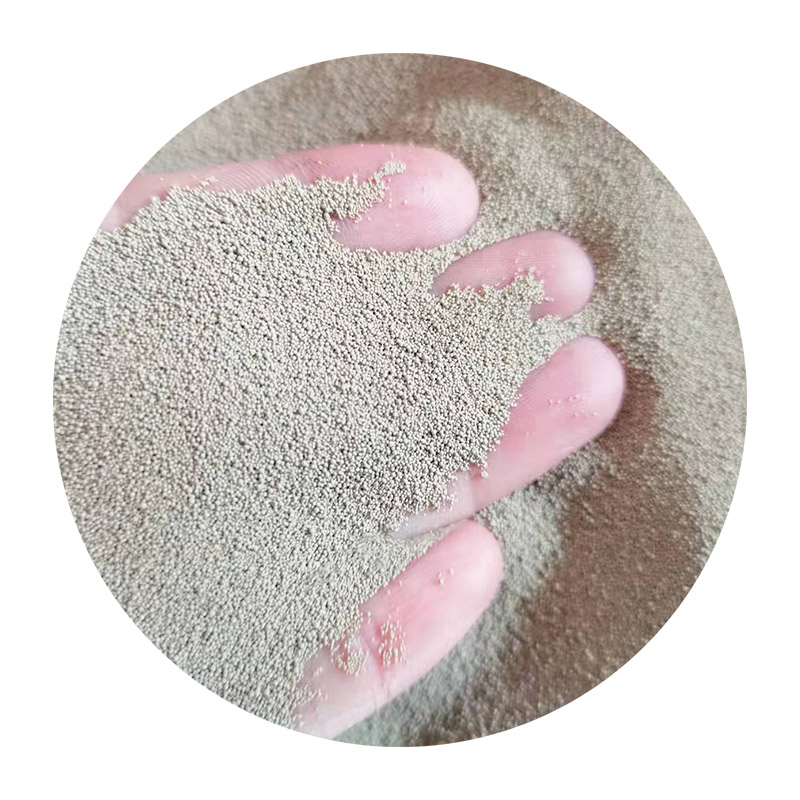What to Sand Resin With A Guide to Achieving a Perfect Finish
Resin art has gained immense popularity over the years, captivating artists and hobbyists alike with its versatility and vibrant aesthetics. However, once you have poured and cured your resin masterpiece, the next crucial step is to achieve a flawless finish through sanding. But the question arises what do you sand resin with? In this article, we'll explore the best tools and techniques to effectively sand resin surfaces.
Understanding Resin
Before diving into the sanding process, it’s important to understand that resin, particularly epoxy resin, is a thermosetting polymer. Once cured, it creates a hard, durable surface that can be polished to a glass-like appearance. However, achieving that perfect finish requires careful sanding, especially if there are imperfections like bubbles, dust, or uneven spots.
Choosing the Right Tools
1. Sandpaper Grit The grit of the sandpaper you choose is crucial. For rough grinding and smoothing out large imperfections, start with a coarse grit, such as 60 to 120. This will help take off the bulk of the material. Move to medium grit (220 to 400) for finer smoothing, and finally, finish with high grit (600 and above) for polishing.
2. Sanding Blocks Using sanding blocks can help provide even pressure across the surface, reducing the risk of creating new dips and valleys as you sand. A flat block is ideal for flat surfaces, while a contour block is better for rounded edges.
3. Orbital or Detail Sanders For larger projects, an orbital sander can speed up the process. For detail work, particularly around edges and intricate designs, a detail sander or even a hand sander might be necessary. Always use appropriate sandpaper for these tools.
4. Wet Sanding Wet sanding is a technique that involves using water to keep the surface cool and reduce dust. This method works well with finer grits and can produce a shiny finish without the risk of clogging the sandpaper. Wet sanding is particularly useful when preparing the surface for a final polish.
what to sand resin with

Sanding Technique
1. Initial Sanding Start with your coarsest grit sandpaper and work in a circular motion or back-and-forth strokes. Be mindful of your pressure; too much can create gouges, while too little may not remove enough material. Focus on areas with noticeable imperfections.
2. Progressive Grading After you've smoothed out the surface with coarse grit, step up to medium grit. Replace or clean your sandpaper regularly to avoid degrading the sanding efficiency. Use this stage to refine the surface further and begin to eliminate the scratches left by the coarse grit.
3. Finishing Touches Once you are satisfied with the medium grit finish, transition to high grit sandpaper. Use the same method until the surface is smooth and shiny. If you're wet sanding, be sure to rinse the surface and change the water as needed to keep it clean.
4. Polishing After the sanding process, you can apply a resin polish or a specific polishing compound to bring out the gloss and shine. Use a soft cloth or a buffing wheel to achieve the desired luster.
Safety Considerations
When sanding resin, always prioritize safety. Wear a mask to protect yourself from dust particles and ensure good ventilation in your workspace. Safety glasses are also recommended to shield your eyes from flying debris.
Conclusion
Sanding resin might seem daunting at first, but with the right tools, techniques, and a bit of practice, you can achieve a professional-quality finish on your resin projects. Whether you are creating a stunning artwork or crafting unique items, knowing what to sand resin with is essential for bringing out the beauty in your creations. Happy crafting!
Post time:dec . 12, 2024 22:46
Next:resin coated sand uses
